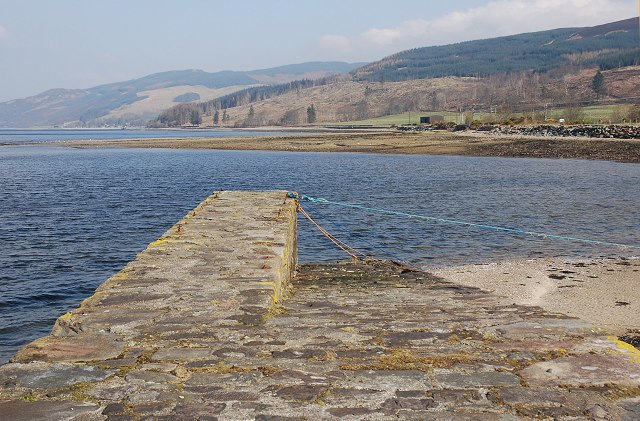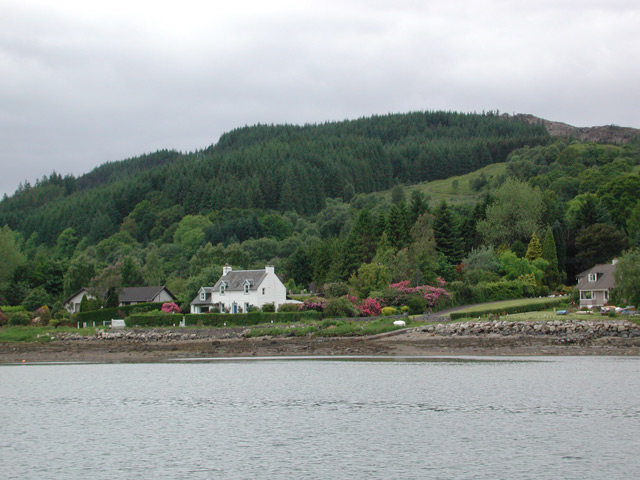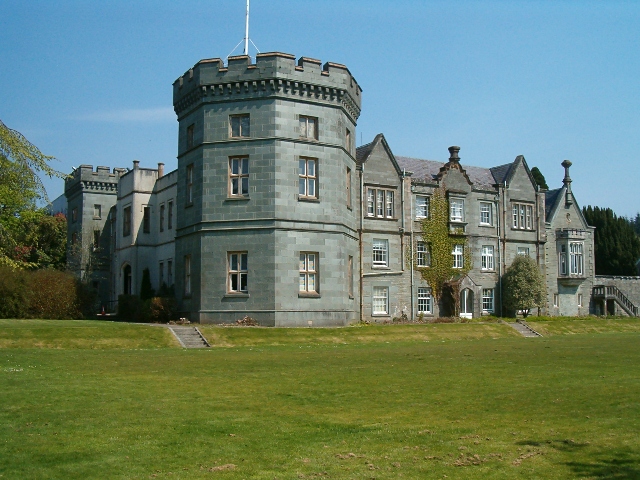Bàrr Iola
Hill, Mountain in Argyllshire
Scotland
Bàrr Iola

Bàrr Iola is a prominent hill located in Argyllshire, Scotland. It is situated in the western part of the county, near the village of Lochgoilhead. Rising to an elevation of approximately 600 meters (1968 feet), it offers stunning panoramic views of the surrounding landscape.
The hill is characterized by its rugged and rocky terrain, making it a challenging yet rewarding destination for avid hikers and mountaineers. Its slopes are covered in heather and grasses, providing a vibrant and picturesque setting. Bàrr Iola is also known for its diverse flora and fauna, with a variety of plant species and wildlife inhabiting its slopes.
The hill is accessible via several walking routes, including the popular Glen Iola route, which takes hikers through a scenic glen before ascending to the summit. The trail offers a mix of steep climbs and more gradual slopes, making it suitable for both experienced and novice walkers.
At the top of Bàrr Iola, visitors are rewarded with breathtaking views of Loch Goil, Loch Long, and the surrounding mountains. On clear days, it is even possible to see as far as the Isle of Arran in the distance.
Bàrr Iola is a popular destination for outdoor enthusiasts and nature lovers due to its stunning natural beauty and challenging terrain. It provides an opportunity to immerse oneself in the rugged Scottish landscape and experience the tranquility and majesty of the Argyllshire region.
If you have any feedback on the listing, please let us know in the comments section below.
Bàrr Iola Images
Images are sourced within 2km of 55.99445/-5.3071973 or Grid Reference NR9382. Thanks to Geograph Open Source API. All images are credited.





Bàrr Iola is located at Grid Ref: NR9382 (Lat: 55.99445, Lng: -5.3071973)
Unitary Authority: Argyll and Bute
Police Authority: Argyll and West Dunbartonshire
What 3 Words
///renewals.tungsten.prickly. Near Ardrishaig, Argyll & Bute
Related Wikis
Otter Ferry
Otter Ferry (Scottish Gaelic: An Oitir) is a settlement on the Cowal peninsula in Argyll and Bute, Scotland, formerly the site of a ferry across Loch Fyne...
Kilfinan
Kilfinan is a hamlet on the Cowal peninsula in Argyll and Bute, Scotland. Located on the eastern side of Loch Fyne, the hamlet is 4 miles (6.4 km) northwest...
Glendaruel
Glendaruel (Gaelic: Gleann Dà Ruadhail) is a glen in the Cowal peninsula in Argyll and Bute, Scotland. The main settlement in Glendaruel is the Clachan...
Loch Gilp
Loch Gilp (Scottish Gaelic: Loch Gilb) is a small inlet on Loch Fyne which gives its name to Lochgilphead. The Crinan Canal extends from the loch across...
Argyll and Bute (UK Parliament constituency)
Argyll and Bute is a county constituency of the House of Commons of the Parliament of the United Kingdom. It was created for the 1983 general election...
Asknish
Asknish (Scottish Gaelic: Aisginis) is a village in Argyll and Bute, Scotland. The hamlet is made up of a large detached house (Asknish house) and farm...
Lochgair
Lochgair (Scottish Gaelic: An Loch Geàrr) is a village in Argyll and Bute, Scotland. It lies on the coast of Loch Gair, a small inlet on the west of Loch...
Kilmory Castle
Kilmory Castle, also known as Kilmory House, is a large 19th century house located just to the south of Lochgilphead, in old county Argyll, on the west...
Have you been to Bàrr Iola?
Leave your review of Bàrr Iola below (or comments, questions and feedback).


















